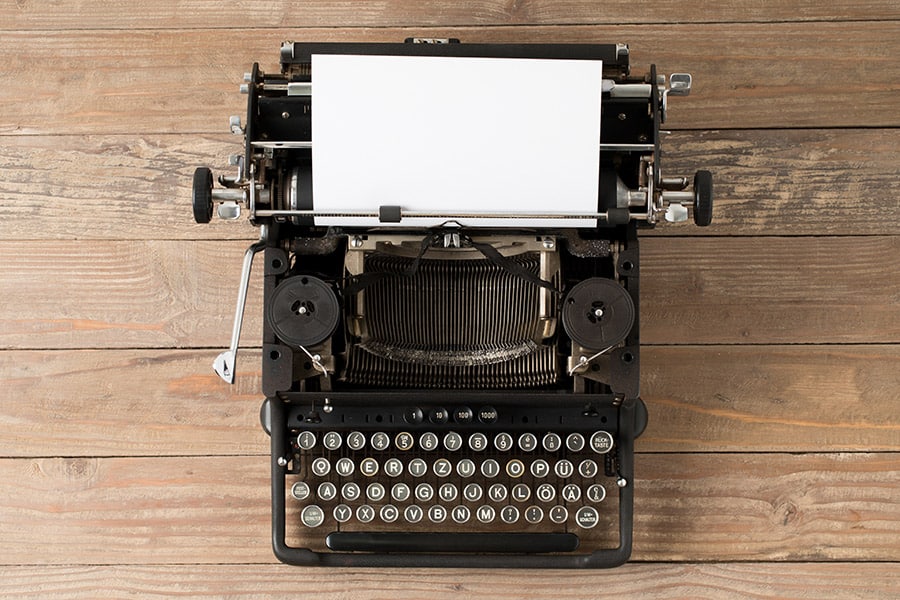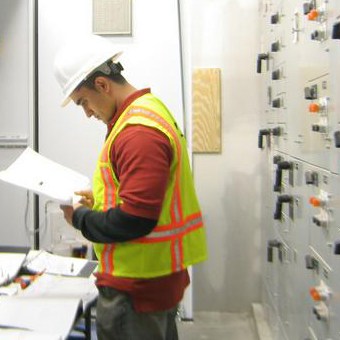Technical writing isn’t glamorous, but it’s essential! With my simple engineering writing style guide, you can quickly master the skill.
In doing so, you’ll help others grasp and apply complex ideas, saving them from costly mistakes and, even worse, potential disasters. As an engineer, you’ll find yourself writing various documents, such as:
- Specifications
- Reports
- Calculation summaries
- Manuals
- Technical emails
- Drawing notes
These materials will be read by a diverse audience, including:
- Other engineers
- Managers
- Consumers
- Technicians
- Contractors
- Investors
The good news is, you don’t need to be a literary genius like Stephen King to be an amazing technical writer. Just follow my six tried-and-true pillars, regardless of your engineering specialty.
Pillar #1: Keep it clear and concise

Your readers might not be tech-savvy like you, so don’t assume they know the ins and outs. Make your writing crystal clear and snappy, guiding them step by step to avoid confusion.
For example, I once wrote a note for a contractor who needed to implement my design. I needed them to connect a conduit between a new and existing panel, with the existing panel getting power from a new electrical service.
“Route conduit from 250A-3p breaker inside of new Pump Station #1 MCC to Meter/Main Switchboard #1 at Mont Building. After coordination with the utility and District, penetrate Meter/Main Switchboard #1 breaker cabinet from the side using an LB condulet.
Land wires as shown on the line side of the existing 600A-3p breaker. Terminate ground from Pump Station #1 to Meter/Main Switchboard #1 ground bus.
Disconnect and remove all equipment from inside of the Meter/Main Switchboard #1 as shown, after coordination with the utility and the District. Then use appropriate seal box covers for all exposed box openings.
Interconnect time to be limited to 24 hours. Coordinate with the utility and the District to establish the cutover schedule. After the cutover, the contractor to coordinate with the utility and demolish the existing service.
For greater detail on Meter/Main Switchboard #1, see drawing set dated January 2000, prepared by engineering firm X.”
This note went hand-in-hand with some design drawings I whipped up. Together, they showed the contractor exactly what I wanted them to do and helped prevent any mix-ups, slip-ups, and costly change orders.
Sure, an English professor might not be head over heels for my technical writing style, but that’s A-OK!
The goal of a technical writer
Your main mission is to help readers wrap their heads around new concepts. That’s why being empathetic is key for a technical writer.
Designers might not always consider how others see their designs. They might think everyone should just “get it” since they do. But fantastic technical writers put themselves in the shoes of readers who might not know the ropes, and that’s how they create amazing content.

Important Note: To write clearly, you’ve gotta know your stuff. If you don’t understand the subject, you can’t break down complicated topics into simple terms.
Pillar #2: Keep it simple
Engineering is full of brain-twisting, tangled concepts. And making tricky subjects easy to read is, well, not so easy. Especially with all those fancy words flying around.
Your goal, though, is to make your writing simple enough for an 8th grader to understand. So keep it straightforward and no-frills. And seriously, leave out your personality. Nobody cares about your personal writing style or preferences.
Also, write with a top-down approach. Start with the basics and then dive into the nitty-gritty details. It’s like reading a manual— you find the general info first, and as you read on, you come across more technical stuff. This method reels readers in and sets the stage for more detailed writing.
Pillar #3: Keep it short
You might be scratching your head, wondering how keeping it short works with Pillar #1’s emphasis on details. Fear not! The secret lies in providing just the right amount of information to help your reader grasp the concept, but not overdoing it. Let’s revisit the contractor’s note from Pillar #1 for a sec.
You see, I assumed that the contractor had some basic knowledge, considering they’re licensed professionals. That’s why I didn’t bother explaining:
- The definition of a conduit
- Which tools to use for panel penetration
- How to demolish the existing panel
- Necessary safety measures
Now, if I were chatting with an average Joe, I’d throw in a few extra details. But the goal here isn’t to pen a masterpiece; it’s to communicate your point concisely and clearly. As the engineer, it’s your call to decide what to include, based on your audience.
Pillar #4: Ditch the fluff
Fluff can be fun, especially when talking to business folks who appreciate some padding in their prose. But when it comes to technical writing, it’s time to cut to the chase. Your word choices matter, as your reader just wants the nitty-gritty:
- What’s the problem?
- How do we fix it?
- How does it work?
When I read about how something operates, I couldn’t care less about the small talk. Just tell me how it works, plain and simple.
Take IKEA assembly instructions, for example: they’re clear, concise, and to the point. Yep, technical writing can be dry, which is probably why you often hear:
- Why is engineering writing such a snoozefest?
- Why do engineers write only for other engineers?
- Can’t engineers add some pizzazz to their writing?
There’s some truth to these questions, but let’s remember, technical writing isn’t here to entertain you. Want a good laugh? Grab a comedic novel!
Technical writing serves a different purpose. Besides, any fantastic engineer can adapt their writing, which brings me to my next pillar.
Pillar #5: Write for your audience
Your audience dictates both your style and content. If you’re addressing fellow engineers, keep it sharp and focused, as I mentioned. But when dealing with business folks, you’ll want to blend technical and formal writing.
In this blog, for instance, I aim for a scannable, enjoyable read without the technical jargon. That’s why you’ll find lots of sentence fragments—I’ve found that a more laid-back style suits casual online readers.
For a college paper, though, I’d go full-on proper. But with technical writing, forget what school taught you about “good writing.” Instead, focus on being:
- Ultra-specific
- (Yes, even) boring
- Easy to understand
As a result, some sentences might not be grammatically correct. The end goal, however, is to communicate your point efficiently. If that means bending grammar rules, so be it.
In short, adapt your writing style to your audience. I often find myself writing for people who couldn’t care less about technical details. So, I simplify the technical bits without sacrificing the core points I want to convey.
Pillar #6: Embrace good grammar
In the grand scheme of things, perfect Shakespearean grammar isn’t super important, especially if you can convey your ideas efficiently in simple words.
Of course, you still need to grasp basic grammar, like using a comma correctly. Check out this example of poor grammar gone awry:
Poor grammar: The contractor shall have drilling people and foundation skills.
Good grammar: The contractor shall have drilling, people, and foundation skills.
See how the entire sentence’s meaning changed with just a few commas? It’s a wild example, but it makes my point.
Small grammar mistakes can lead to incorrect implementation of designs. Not surprisingly, technical writing takes a hit from poor grammar. So be watchful when you do bend the grammar rules.
The engineering writing style guide wrap up
Writing like a top-notch engineer isn’t a walk in the park. You could be the best engineer on Earth, but if no one gets you, you’ll quickly lose your edge. So, blend technical concepts with solid writing skills.
Start by relearning writing. Eliminate the fluff, ditch the formalities, and crank up the details. Keep your writing simple and scannable. That’s my engineering writing style guide in a nutshell.
Even better, adopting this writing style can make you a stronger engineer, maybe even a 10x engineer! You’ll think through designs more thoroughly and spot errors. After technical writing, I always gain a deeper understanding of a subject, including a better theoretical grasp of designs.
What’s your favorite pillar from my engineering writing style guide? What do you find most important in technical writing?

Author Bio: Koosha started Engineer Calcs in 2019 to help people better understand the engineering and construction industry, and to discuss various science and engineering-related topics to make people think. He has been working in the engineering and tech industry in California for well over 15 years now and is a licensed professional electrical engineer, and also has various entrepreneurial pursuits.
Koosha has an extensive background in the design and specification of electrical systems with areas of expertise including power generation, transmission, distribution, instrumentation and controls, and water distribution and pumping as well as alternative energy (wind, solar, geothermal, and storage).
Koosha is most interested in engineering innovations, the cosmos, sports, fitness, and our history and future.
